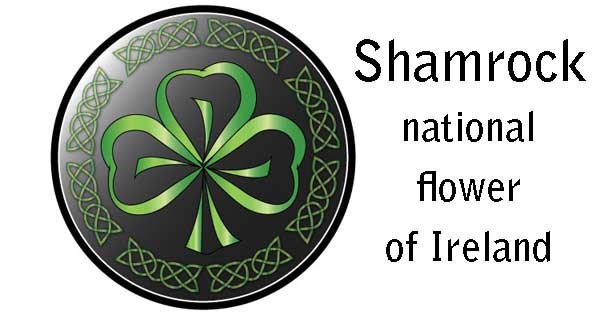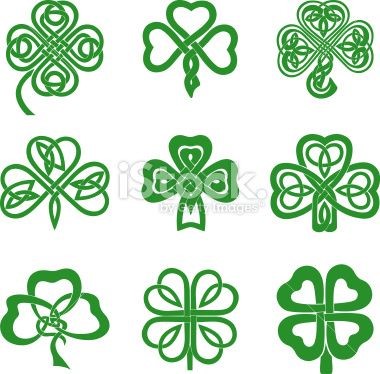Everyone likes to don a shamrock on St Patrick’s Day, or wear a piece of clothing bearing the image, but just how did the plant come to be associated with the saint and the island of Ireland?
There are a number of theories about this, from the pagan to the Christian, and both schools of thought have their own merits.

The shamrock has long been a mainstay of Celtic artwork, jewellery and even buildings. Some legends suggest that its significance goes back to the Druids, and their view of the plant as being sacred as it had three leaves and this was a mystical number in their religion.
The Celts also believed in the three dominions of earth, sea and sky, as well the three phases of the moon and ages of man.
Likely to be a myth
Others claim that St Patrick used the plant to explain the concept of the Holy Trinity during his time in Ireland in the 5th century, with the three leaves corresponding to the Father, Son and Holy Spirit. There is no reference to this in manuscripts from that time and so this is likely to be a myth.
Even so, the plant has become synonymous with Irishness, and appears in many guises, such as on sporting shirts and memorabilia. If you are looking for ideas for St Patricks Day gifts, you will find lots of information at sites such as https://www.shamrockgift.com/st-patricks-day.
The shamrock is also associated with the rebellion against British rule on the island, and helped create a sense of national identity. It is even said that it became part of the nation’s diet during the Great Famine from 1845-1849.

Variety of species
Despite it representing a symbol of national identity, many people are confused about the plant itself.
In 1988, the botanist, Charles Nelson, carried out a survey and asked people to collect shamrocks and send them in to him. He was surprised to discover that people sent in a variety of species such as Trifolium Dubium and Trifolium Repens which are clovers. He even received samples which were not even close such as Oxalis Acetosella, or wood sorrel.
Technically, it is a member of the clover family and must have three leaves to be a shamrock, with the white clover often referred to as shamrock.
